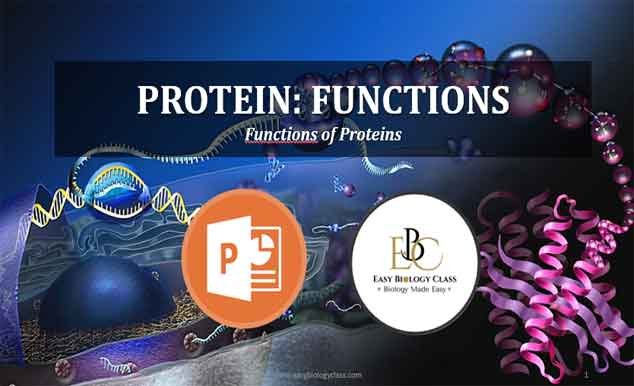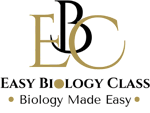Functions of Proteins PPT: Proteins perform a vast array of essential functions in living organisms. Structurally, they provide support and shape to cells and tissues—collagen in connective tissues and keratin in hair and nails are examples. Enzymatic proteins, like amylase and DNA polymerase, catalyze biochemical reactions necessary for life. Transport proteins such as hemoglobin carry oxygen in the blood, while membrane proteins facilitate the movement of substances across cell membranes. Hormonal proteins like insulin regulate physiological processes, and receptor proteins help cells respond to signals. Proteins also play a critical role in immunity—antibodies are specialized proteins that recognize and neutralize pathogens. Additionally, contractile proteins like actin and myosin are vital for muscle movement. Storage proteins, such as ferritin, store essential ions and molecules. Each protein’s unique structure determines its function, making them indispensable to life. This PPT provides a comprehensive overview of protein functions across various biological systems.
Biochemistry Notes | Biochemistry PPT
Functions of Proteins PPT
Functions of Proteins (Handout of Slides)
Proteins have diverse functions, which can be grouped as:
- Structural Proteins
- Enzymes
- Hormones
- Respiratory Pigments
- Transport Proteins
- Contractile Proteins
- Storage Proteins
- Toxins
(1) Structural Proteins:
- They form components of connective tissue, bone, tendons, cartilage, skin, feathers, nails, hairs, and horns.
- Most are fibrous proteins and insoluble in water.
- Examples: Collagen, Keratin, and Elastin.
(2) Enzymes:
- They are biological catalysts.
- Enzymes reduce the activation energy of reactants and speed up metabolic reactions in cells.
- Most are globular conjugated proteins.
- Examples: DNA Polymerase, Nitrogenase, Lipase.
(3) Hormones:
- They include proteinaceous hormones in cells.
- Have wide functions.
- Required in very small quantities.
- Examples: Insulin, Glucagon.
(4) Respiratory Pigments:
- They are colored proteins.
- All are conjugated proteins and contain pigments (chrome) as their prosthetic group.
- Examples: Hemoglobin, Myoglobin.
(5) Transport Proteins:
- They transport materials in cells.
- They form channels in the plasma membrane.
- They also form components of blood and lymph in animals.
- Example: Serum albumin.
(6) Contractile Proteins:
- They are the force generators of muscles.
- They can contract with energy from ATP molecules.
- Examples: Actin, Myosin.
(7) Storage Proteins:
- They act as a store of metal ions and amino acids in cells.
- Found in seeds, eggs, and milk.
- Abundantly seen in pulses (legume seeds).
- Examples: Ferritin (stores iron), Casein, Ovalbumin, Wheat Gluten.
(8) Toxins:
- They are toxic proteins.
- Examples: Snake venom, α-Amanitin.
References:
- Berg, J.M. and Tymoczko, J.L., 2018. Stryer biochemie (Vol. 8). Heidelberg: Springer Spektrum.
- Nelson, D.L., Lehninger, A.L. and Cox, M.M., 2008. Lehninger principles of biochemistry. Macmillan.
- Voet, D. and Voet, J.G., 2010. Biochemistry. John Wiley & Sons.
How to Download PPT from EasyBiologyClass?

I hope you found this PPT on Functions of Proteins is informative and beneficial. Your feedback and comments would be greatly appreciated. Whether you have suggestions, questions, or thoughts to share, I would be delighted to hear from you. Engaging with your comments helps me continue to produce high-quality content in Biology. Please feel free to leave a comment below. Thank you for your support.
Regards: Admin, EasyBiologyClass
